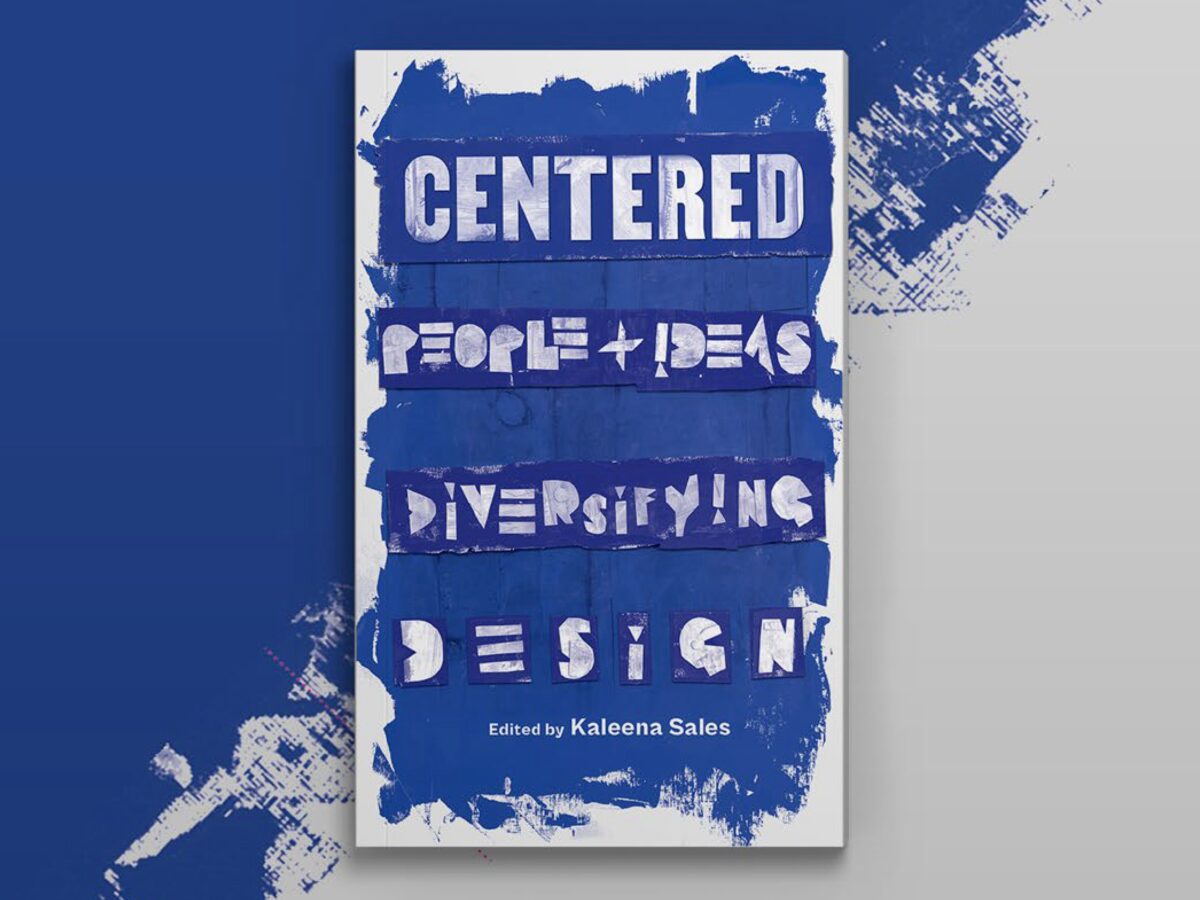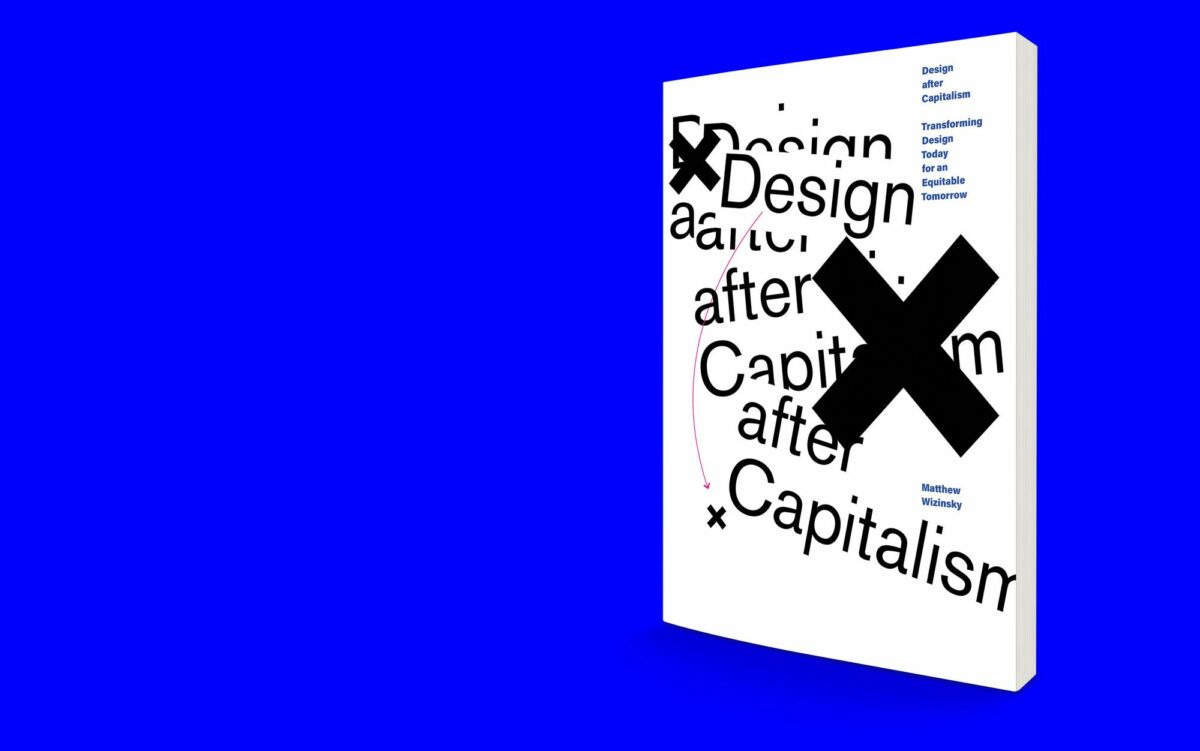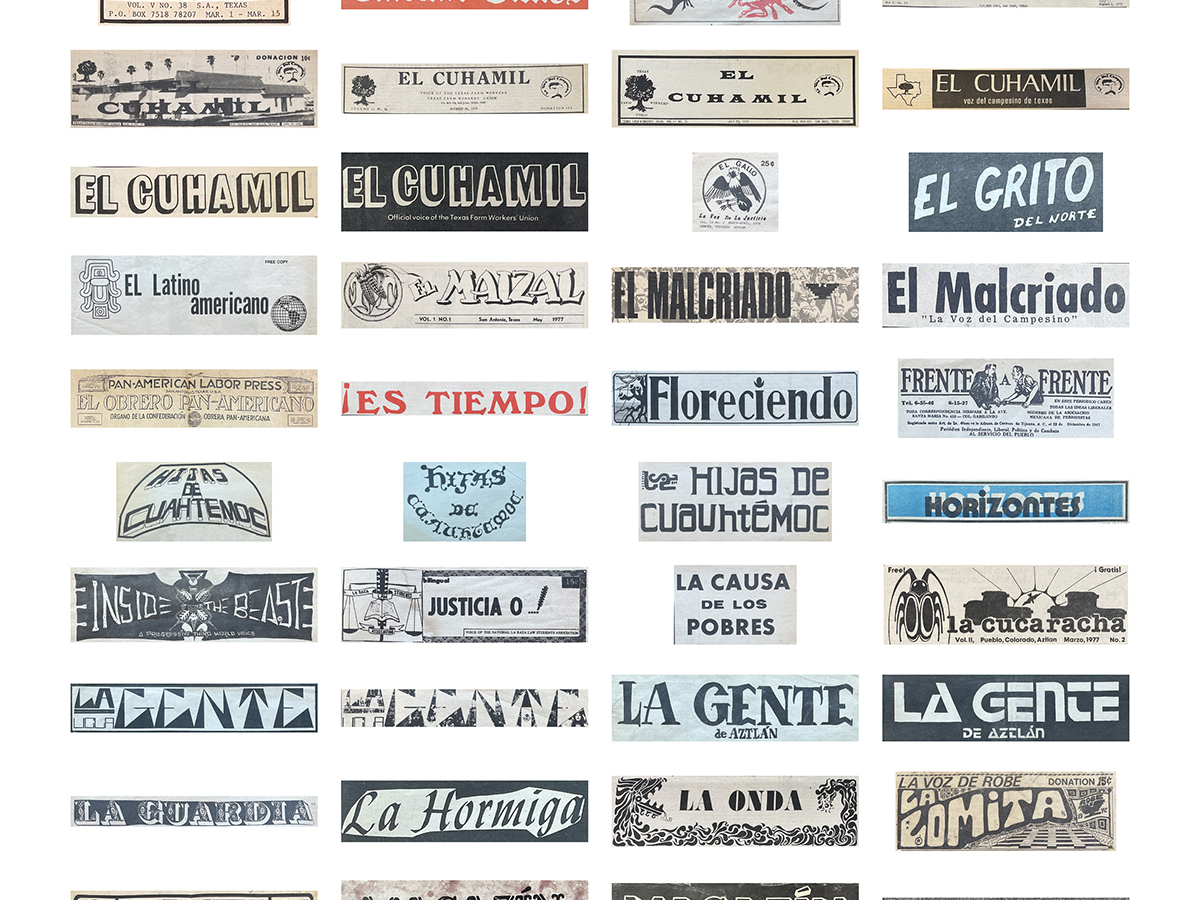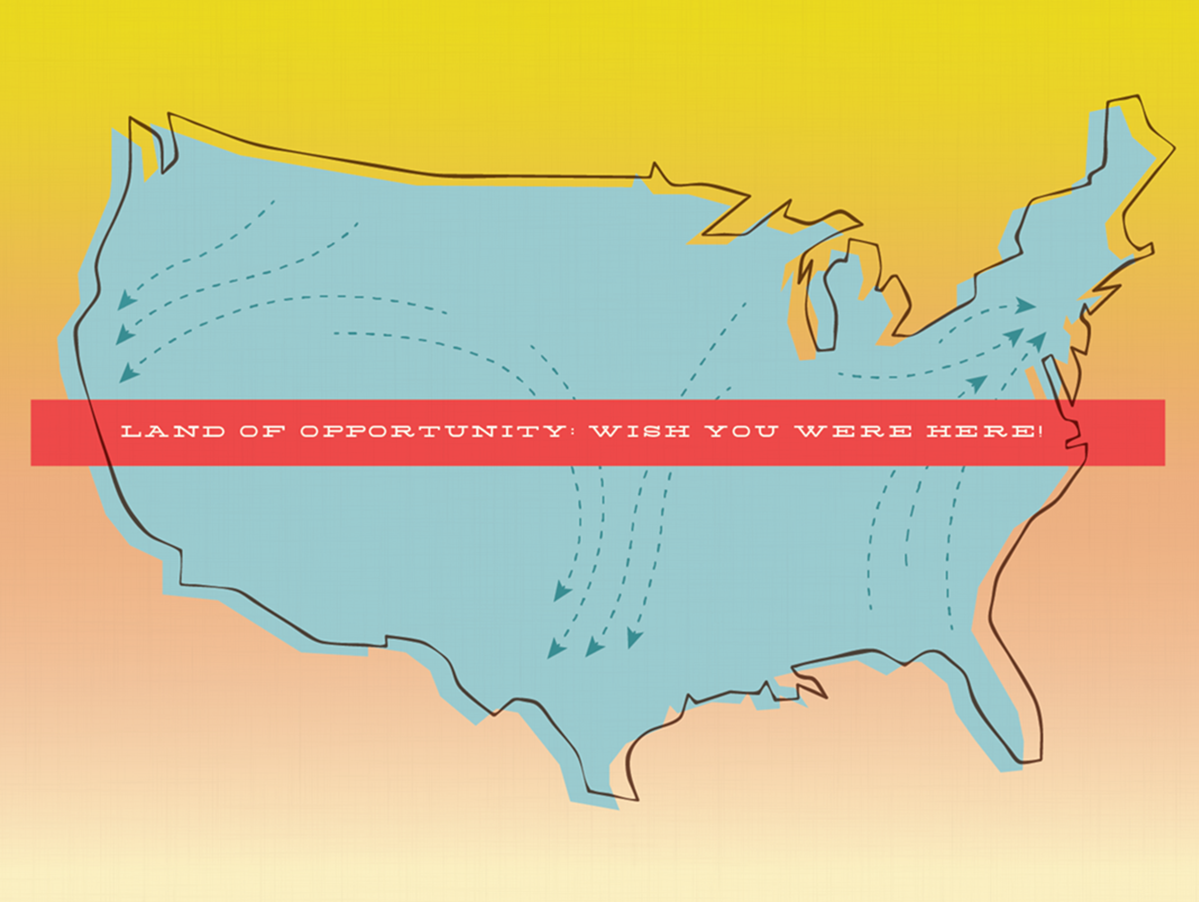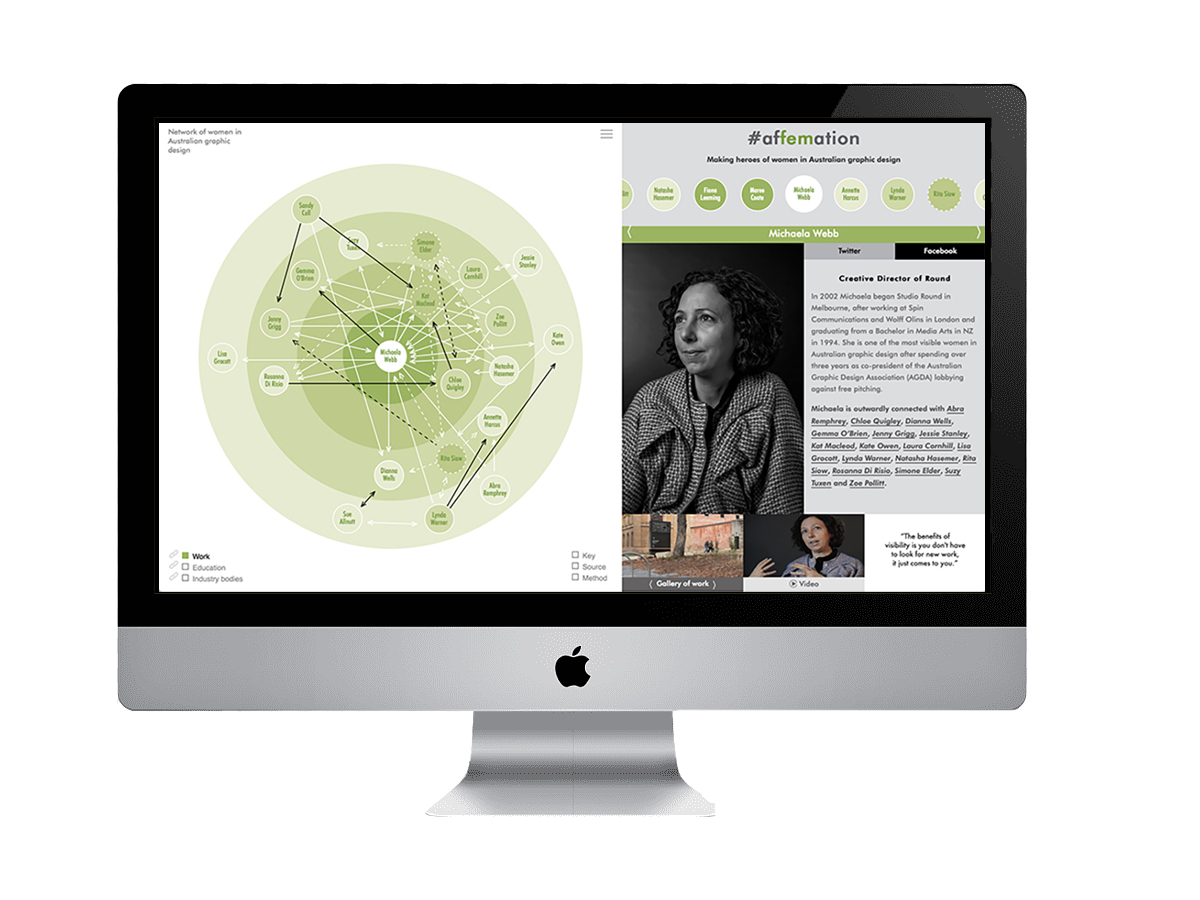Examples of sophisticated, intelligent design from many cultures around the world
Kaleena Sales
Associate Professor
Tennessee State University
This book has its origins in Beyond the Bauhaus, a series of short essays Sales developed through her board service with AIGA’s Design Educators Community Steering Committee in 2019. Her goal with that series was to amplify design work from underrepresented groups who have been left out of the design canon. The first article featured the beautifully designed West African Adinkra symbols from the Akan people of Côte d’Ivoire and discussed the deep meaning within the symbols, as well as the use of common visual principles within the designs. What she hoped to demonstrate to readers was that there were examples of sophisticated, intelligent design in many cultures around the world, many of which were developed prior to movements like the Bauhaus. The next essay was on the work of AfriCOBRA, a civil rights–era artist collective based in Chicago. While the work of AfriCOBRA has made its impact within the fine arts scene, gaining notoriety during the height of the Black Power Movement, she sought to share their work through the lens of design. Though the group did not self-identify as designers, if educators and practitioners are interested in learning from diverse design methodologies, it makes sense to look beyond the boundaries of our professional discipline to find examples of successful design. In AfriCOBRA’s work, we find a delightful use of expressive lettering, rhythmic patterns, and bold colors. This work is particularly inspiring because these artists found a way to codify their visual language. They decided on a shared aesthetic vision and executed it time and again. Working against the backdrop of the Civil Rights Movement, these artists intentionally pursued a Black aesthetic, reflecting pride in their community and identities.
As the article series grew, contributors began to submit essays about other design histories worthy of inclusion in the canon. Caspar Lam and YuJune Park wrote an essay about the Chinese Type Archive featuring the evolving typographic language of modern Chinese. Stephen Child and Isabella D’Agnenica contributed an article on the Gee’s Bend Quilters, a group of Black women from Alabama who mastered an improvisational style of quilting. Dina Benbrahim wrote an essay titled “Moroccan Design Stories, with Shape and Soul,” analyzing the typographic and geometric designs found within Moroccan design history. Other early contributors to the article series were Ali Place, who examined the role of women in computer programming, and Aggie Toppins, who investigated the story behind the I AM a Man placard from the 1968 Memphis sanitation workers’ strike.
As this work moved from an article series to a book, there was space for some of these essays to develop into fuller writings with more in-depth research. A critical component that she hoped to achieve was to peel back the aesthetic layers of the designs to allow each reader to understand the social, political, and cultural contexts surrounding the making of the work. In examining the contexts, readers will discover how different cultural groups determine meaning, and how non-canonical ideologies and methods offer additional ways of making than what is offered by the grid-based Swiss styles of mainstream graphic design.
When she began this book process, she envisioned a neat and streamlined series of essays, matching in length and format. What developed over time became something much more organic, with essays and interviews of varying lengths. Often, she was left speechless and humbled at the generous sharing of knowledge. Nuveen Barwari’s essay, “Kurdish Fragments: Mapping Pattern as Language,” discusses the displacement of millions of Kurdish people and its impact on decorative art practices. She examines Kurdish rugs as artifacts of erasure, explaining how identity is employed through metaphors and floral themes. In her interview with Sadie Red Wing, she explains how Indigenous tribal communities have used Traditional Ecological Knowledge to inform their understanding of design and how visual sovereignty is at the heart of her work. In her conversation with Saki Mafundikwa, he explains how the colorful visual landscape of Zimbabwe offers a counter to the white space of German and Swiss design. She also draws comparisons between design and American soul music, bringing to light the creative genius of Black people across cultures and disciplines. Other essays and interviews in the book offer similar insight into perspectives and ideologies that aren’t reflected in modernist design. Further still, design leaders Ellen Lupton and Cheryl D. Holmes Miller offer perspective on the future of design, its pedagogy, and ways to reconcile the past. Practitioners Tré Seals of Vocal Type and Zipeng Zhu discuss the relationship between their work and their identity.
This small sampling of stories offers more than a quick glimpse into design artifacts. she asks of the reader to consider what we don’t know, and what questions have yet to be asked. she asks the reader to rethink the definition of design to expand beyond contemporary and digital practices and beyond the boundaries of the Western design canon.
This project was the 2023 Design Incubation Educators Awards winner recipient in the category of Scholarship: Publication.
Kaleena Sales is an Associate Professor of Graphic Design and Chair of the Department of Art and Design at Tennessee State University, an HBCU (Historically Black College or University) in Nashville, TN. Her research is rooted in racial justice and equity, with a specific focus on the ways culture informs aesthetics. Kaleena is co-author of the book, Extra-Bold: A Feminist, Inclusive, Anti-Racist, Non-Binary Field Guild for Graphic Designers, alongside Ellen Lupton, Farah Kafei, Jennifer Tobias, Josh A. Halstead, Leslie Xia, and Valentina Vergara. Through her service on AIGA’s Design Educators Community Steering Committee, Kaleena advocated for a more inclusive view of design history through her Beyond the Bauhaus writing series, which served as inspiration for her new book, Centered: People and Ideas Diversifying Design, published by Princeton Architectural Press. Kaleena is currently researching the intersection of Black culture and design as a doctoral student at North Carolina State University.
Like this:
Like Loading...


